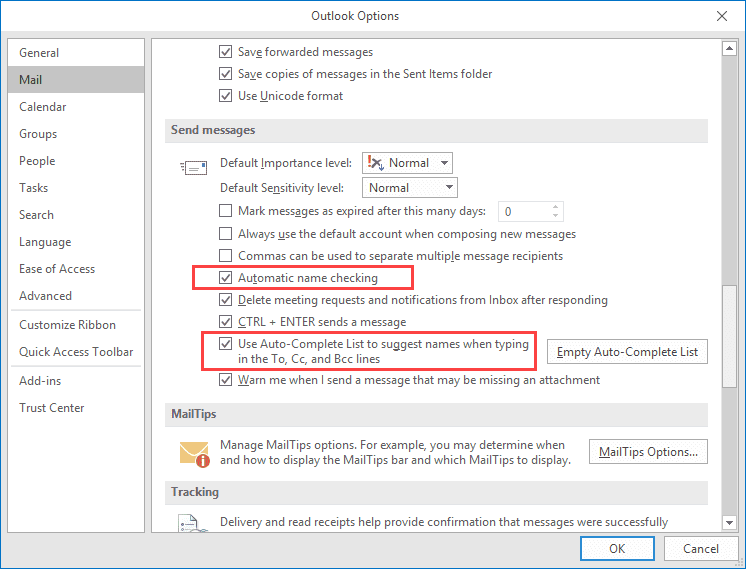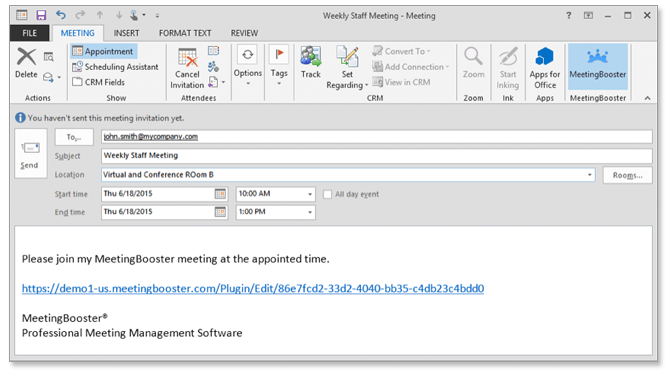

Scammers and phishers don’t use the big providers-they set up their own SMTP servers and send emails through those instead. Large email providers have all kinds of checks and protocols to try to find spam and phishing emails, including emails sent from a fake address. How Do Scammers Use Fake “From” Addresses? Check your provider’s terms first though, as some might have a provision against doing this. The easiest way to find out is to try it in Outlook and see what happens. Other email providers will usually handle emails with the “wrong” address in a similar way to either Google or Microsoft. In our example in the screenshots, Outlook sent the email to Gmail’s SMTP server, which worked out that the email address we were sending belong to us, and so instead the recipient received an email from our original Gmail address. Google simply ignores the new email address you’ve used, and the recipient will see your Gmail address.

RELATED: Why Am I Getting Spam From My Own Email Address? How each provider handles this situation is a bit different. The big email providers, such as Google, Microsoft, Apple, and Yahoo, use something called SPF (Sender Policy Framework), DMARC (Domain-based Message Authentication, Reporting, and Conformance), and DKIM (Domain Keys Identified Mail) to prevent (among other things) people from sending emails from addresses (spoofing) that aren’t theirs. What will happen with your email is entirely dependent on how your email provider’s SMTP server is configured. The client simply sends the email to your provider’s SMTP server (Simple Mail Transfer Protocol server, often called a mail server), and lets the SMTP server decide what to do with your email. Microsoft Outlook itself, and other email clients like Thunderbird or Apple Mail, don’t do any checking on the email address from which you send. How Email Providers Handle Messages Sent From a Different “From” Address Both of those answers are dependent on who your email provider is.


 0 kommentar(er)
0 kommentar(er)
